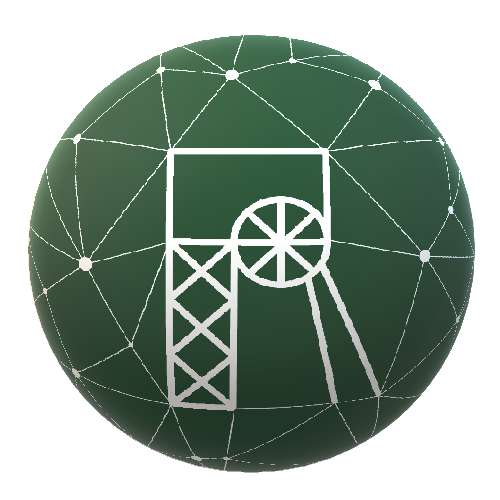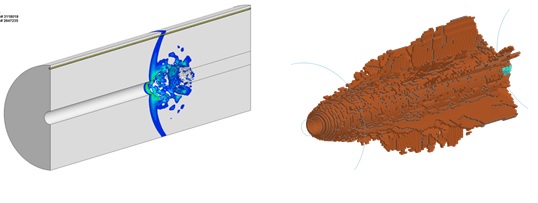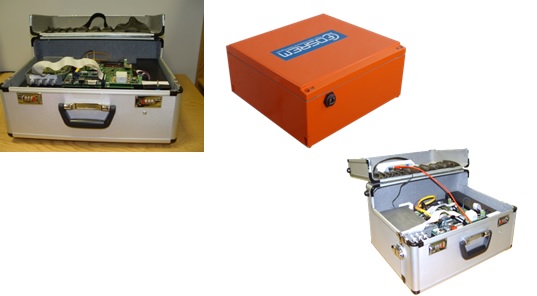| Multidisciplinary Upper Silesian Episode - MUSE |  |
|
Entity responsible: Central Mining Institute (CMI) |
|
|
Entities implementing: IG PAS, IGC, CMI, MUT, WUELS,PGG |
Concerning the task in the area of the Upper Silesian Coal Basin, various continuous monitoring and immediate measurements at a regional and local scale will be performed, whose aim will be the practical integration of observations documenting the relations between the geodynamics of the Upper Silesian Coal Basin, underground mining activity and seismicity. Surface stations (GRSS) and underground seismological networks (local) will form the main core of the integrated observation system. They will supply information regarding the locations and time of seismic wave-generating dynamic events in the rock mass. Concerning this part of the seismological infrastructure, GIG is carrying out the very important tasks related to the design and development of an underground continuous monitoring system SOS 64-128 for the registration of torpedo blasting explosives and mining tremors in mines, as well as to the design and development of the SOS-Stress 16 system – a prototype apparatus for measuring stress changes in an underground mine rock mass. 3D geological numeric models will also be prepared for the “MUSE” measurement grounds. The construction of a GIG Local Geophysical Data Centre (LCDG GZW) will make it possible to transmit data from the MUSE measuring infrastructure to a computer platform in order to integrate and share the measuring data.
As part of the task, a team from the Faculty of Civil Engineering and Geodesy (Military University of Technology) will design and construct a research infrastructure for measuring changes in the position of the technical surface infrastructure, using GNSS measurements. The development of an online distribution system of measurement data and data compilation results is expected. The development of a measuring point identification and documentation system with the use of a mobile application is planned as well.
The basic task of the team from the Mechanical Faculty of the Military University of Technology participating in the EPOS project is the numerical analysis of underground torpedo blasting effects in the rock mass surrounding the blast area. One of the most essential factors guaranteeing the correctness of the rock mass numerical modelling is the precise designation of rock mass material mechanical parameters. These parameters must consider the fact that the loading affecting the rock mass is of an impulsive (strongly dynamic) character. As prior research has shown, it will be essential to consider the dual character of the material strength properties under static or, alternatively, dynamic loading (among other things through the use of a split Hopkinson pressure bar). Additionally, the undertaken numerical analyses will concern the mathematical description of the blasting material combustion process in the rock mass and the analysis of the wave propagation phenomenon. Experience shows that the results of such computer simulations are sufficiently accurate to enable comparisons of, e.g., the influence of the blast hole geometry on the manner in which rocks are destroyed. Another benefit of the performed analyses will be the possibility to track parameter changes that are impossible to measure during experimental blasting. Apart from that, once the material data and blasting material combustion characteristics are acquired, they make it possible to carry out an unlimited number of blasting simulations using different blast hole configurations, including the possibility to perform their optimisation given their potential effects on the surroundings.
Diagram of a split Hopkinson pressure bar workstation, including an example rock section examination.

Numerical simulation of pressure wave propagation in rock material and destruction process estimation.

As part of the task, the team from the Faculty of Advanced Technology and Chemistry will develop at least 3 FOSREM fibre-optic systems for rotational events and phenomena monitoring. Concerning the utilisation of the FOSREM systems to monitor rotational movements in engineering objects, including rock mass movement, present experience shows their direct application in a given broad range of amplitudes of up to 10 rad/s. Thus the FOSREM-class systems are dedicated first and foremost to engineering seismology research as seismological recorders of rock mass movements that directly influence shaft structural durability, including its infrastructure, as well as the safety of people.
FOSREM-type fibre-optic rotational seismographs.






